Building a reliable dog walking routine is one of the most powerful ways to improve your dog’s physical and mental health—and your own. A well-planned walking schedule not only supports better behavior and stronger bonds, but it also makes life easier, more predictable, and more fun for both of you.
Whether you’re a first-time dog parent or a seasoned pup pro looking to reset your routine, this friendly, expert-backed guide breaks down exactly how to create a dog walking rhythm that aligns with your day-to-day life in 2025.
Why a Consistent Walking Routine Matters
Dogs are creatures of habit. Regular walks offer far more than a bathroom break—they provide:
-
Physical exercise to maintain a healthy weight
-
Mental stimulation through new smells, sights, and social encounters
-
Bonding time between dog and owner
-
Structured activity to reduce anxiety and behavior issues
-
Training opportunities on real-world distractions
Having a routine means your pup knows what to expect, which brings security and structure. It also helps you plan your day more effectively.

Step 1: Understand Your Dog’s Needs
Every dog is different. Consider these factors to determine what kind of walk your dog truly needs:
1. Breed & Size:
-
High-energy breeds (like Border Collies or Huskies) may need 1.5 to 2 hours of exercise daily.
-
Small or brachycephalic dogs (like French Bulldogs) do better with shorter, less intense walks.
2. Age:
-
Puppies benefit from short, frequent walks as part of training.
-
Seniors might need shorter, gentler strolls.
3. Personality:
-
Adventurous dogs may enjoy varied routes and challenges.
-
Shy or reactive dogs may need low-traffic areas and consistency.
Step 2: Choose the Right Times to Walk
Pick walking times that align with both your schedule and your dog’s natural rhythms.
Ideal times to walk include:
-
Morning: Sets the tone for the day, burns energy, and helps with potty training.
-
Midday (if possible): Great for working-from-home pet parents or using a dog walker.
-
Evening: A calming end to the day and another potty opportunity.
Pro tip: Dogs thrive on routine. Try to keep the timing within 30-minute windows each day.
Step 3: Map Out Your Walks
Switching up your walking route keeps your pup mentally stimulated. But consistency matters, too.
Try this schedule:
-
Weekdays: Short neighborhood walk in the morning, a brisk midday walk (15-30 mins), and a longer evening walk.
-
Weekends: Plan destination walks (e.g., a dog-friendly park, trail, or beach).
Use Google Maps or apps like AllTrails to pre-plan dog-friendly paths.
Step 4: Use the Right Gear
Your dog walking gear can make or break the experience. We highly recommend using:
-
A no-pull harness for control and safety (like The SoHo No-Pull Harness from Dogistry)
-
A secure, adjustable leash to prevent tangles and provide flexibility
-
Waste bag holder & biodegradable bags
-
Treat pouch for training rewards
-
Weather-appropriate extras (e.g., dog raincoat, booties, reflective accessories)
Pro Tip: A stylish dog walking set boosts confidence and makes you more excited to walk daily. Check out Dogistry's curated leash and harness sets for functional fashion that turns heads.

Step 5: Add Enrichment Elements
Turn your walk into an adventure! Mix things up with these:
-
Sniff breaks
-
Agility opportunities (like curbs or park benches)
-
Obedience training practice
-
Dog meetups (if your pup is social)
These mental challenges wear dogs out more than just walking laps.
Step 6: Create a Backup Plan for Busy Days
Can’t squeeze in your usual walk? Plan for:
-
Dog walkers or pet sitters
-
Doggy daycares for social and active breeds
-
Interactive toys and indoor enrichment to compensate
You can even split up walks into smaller segments throughout the day.
Step 7: Track Your Progress
Keeping track of your dog’s walking routine helps you:
-
Stay consistent
-
Spot behavioral changes
-
Celebrate goals (like mileage milestones!)
Use a dog walking journal or digital app like Pawtrack or Wagmo.
Common Walking Challenges & Fixes
1. Pulling on the Leash?
-
Use a no-pull harness
-
Practice red light/green light training
2. Reactivity?
-
Choose quieter routes
-
Bring high-value treats for redirection
3. Weather Issues?
-
Have seasonal gear on hand (e.g., cooling vests, paw balm, raincoats)
-
Try indoor enrichment when walks aren’t safe
4. Lack of Motivation (Human or Dog)?
-
Treat walks as "you-time"
-
Invite a dog parent friend
-
Pick music or a podcast you love
Vet-Approved Tips for Safe & Healthy Walks
-
Don’t over-exercise puppies (stick to 5 minutes per month of age)
-
Always bring water for walks over 30 minutes
-
Check for ticks or burrs post-walk
-
Avoid hot pavement in summer—if it’s too hot for your hand, it’s too hot for paws
Build a Routine That Evolves
Just like us, your dog’s needs change over time. Be flexible and adjust your walking routine based on life changes like:
-
New jobs or schedules
-
Moving to a new neighborhood
-
Aging or health changes in your dog
Walking should never feel like a chore. It’s a ritual of connection—a mini adventure, a reset button, and an opportunity to see the world together.
Conclusion: Walk with Purpose and Joy
Creating a walking routine that works for you and your pup isn’t about rigid rules—it’s about building habits that bring consistency, connection, and confidence to your daily lives. With the right tools, mindset, and routine, you’ll look forward to those leash-in-hand moments more than ever.
And if you want to feel stylish and prepared on your daily outings, check out Dogistry’s walking sets made for city dogs and their humans who love good design.
Because a walk well done? That’s a win for both ends of the leash.










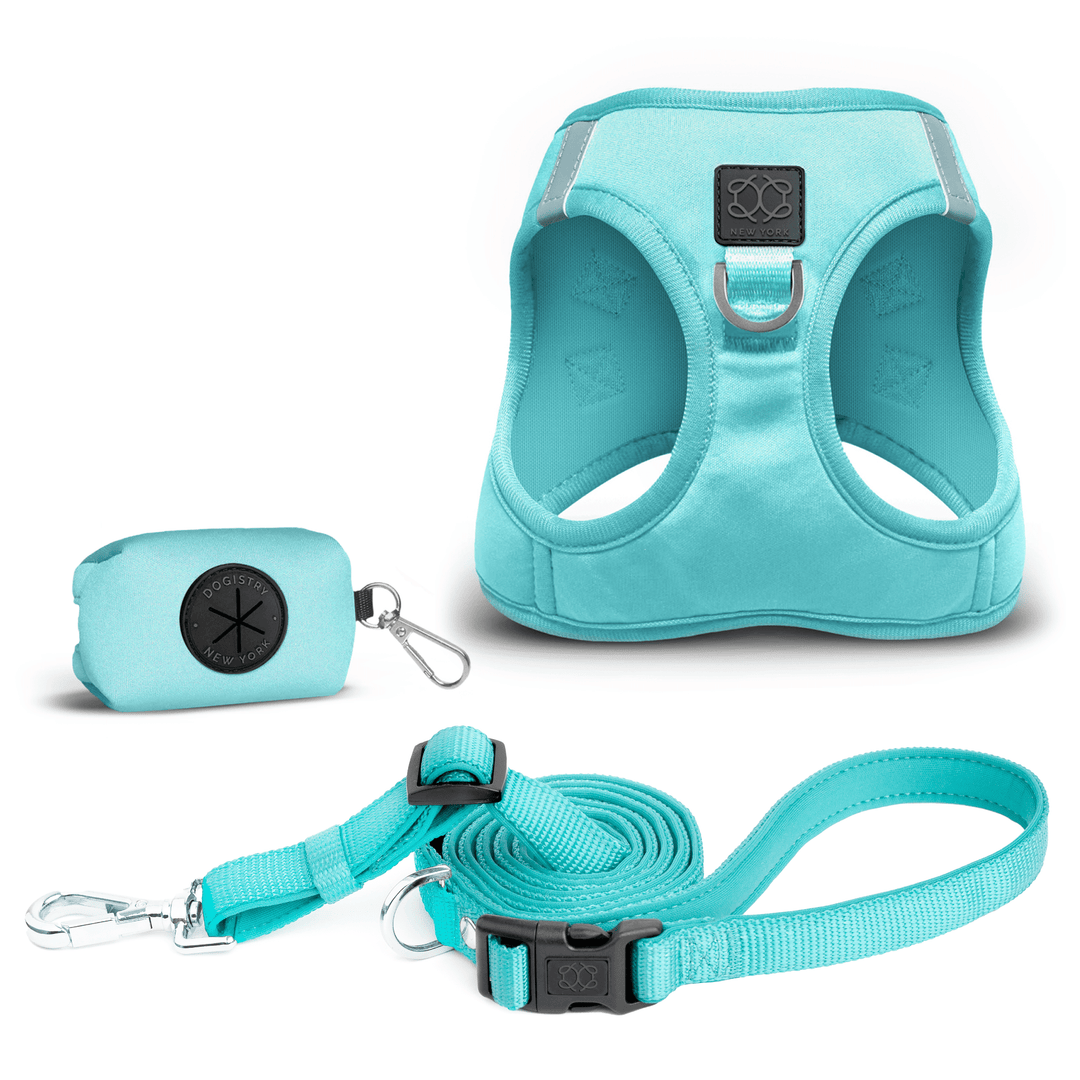
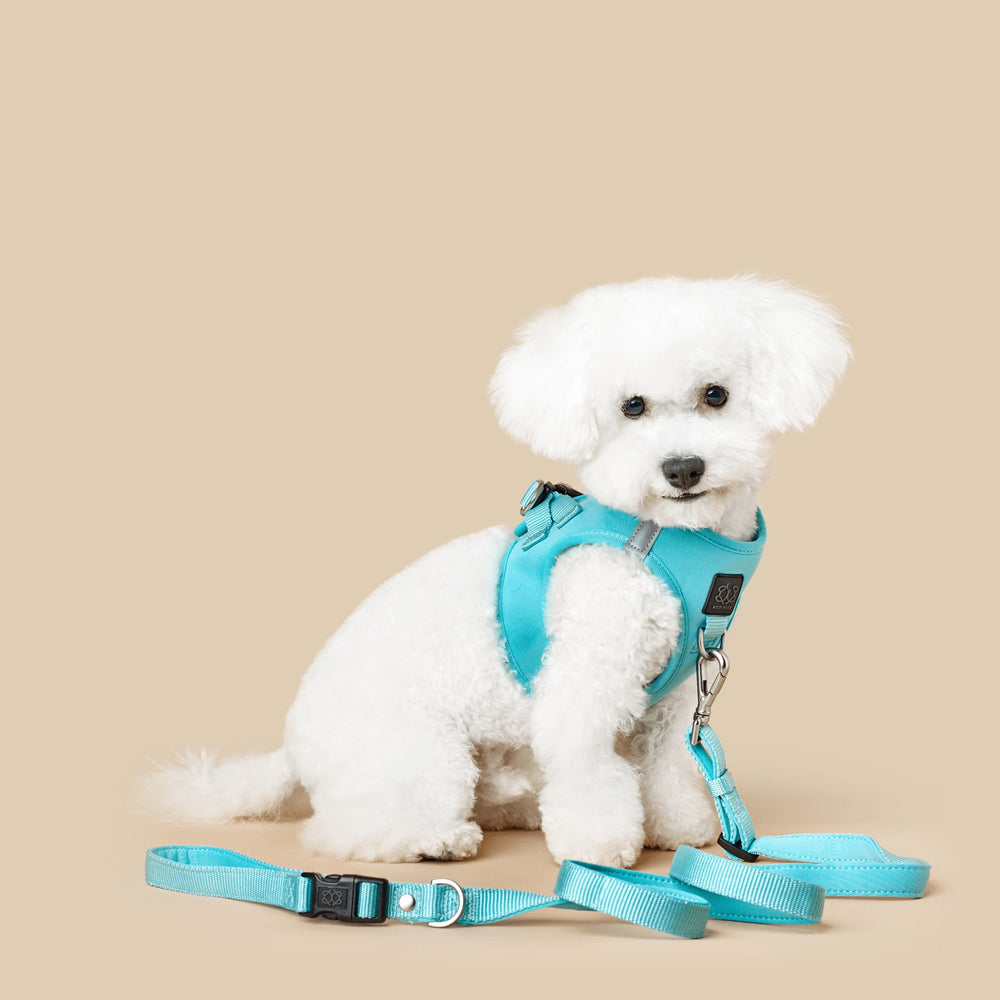
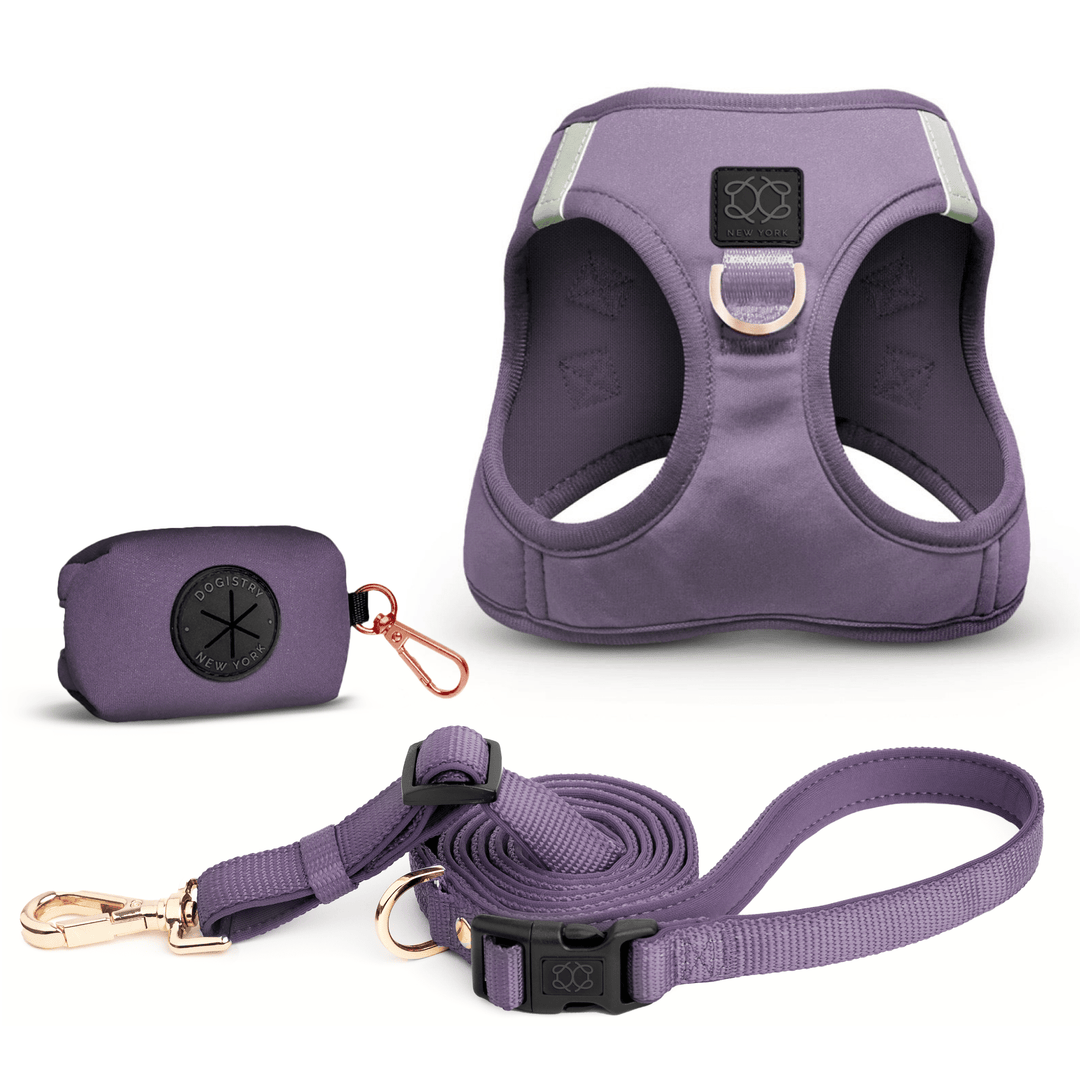
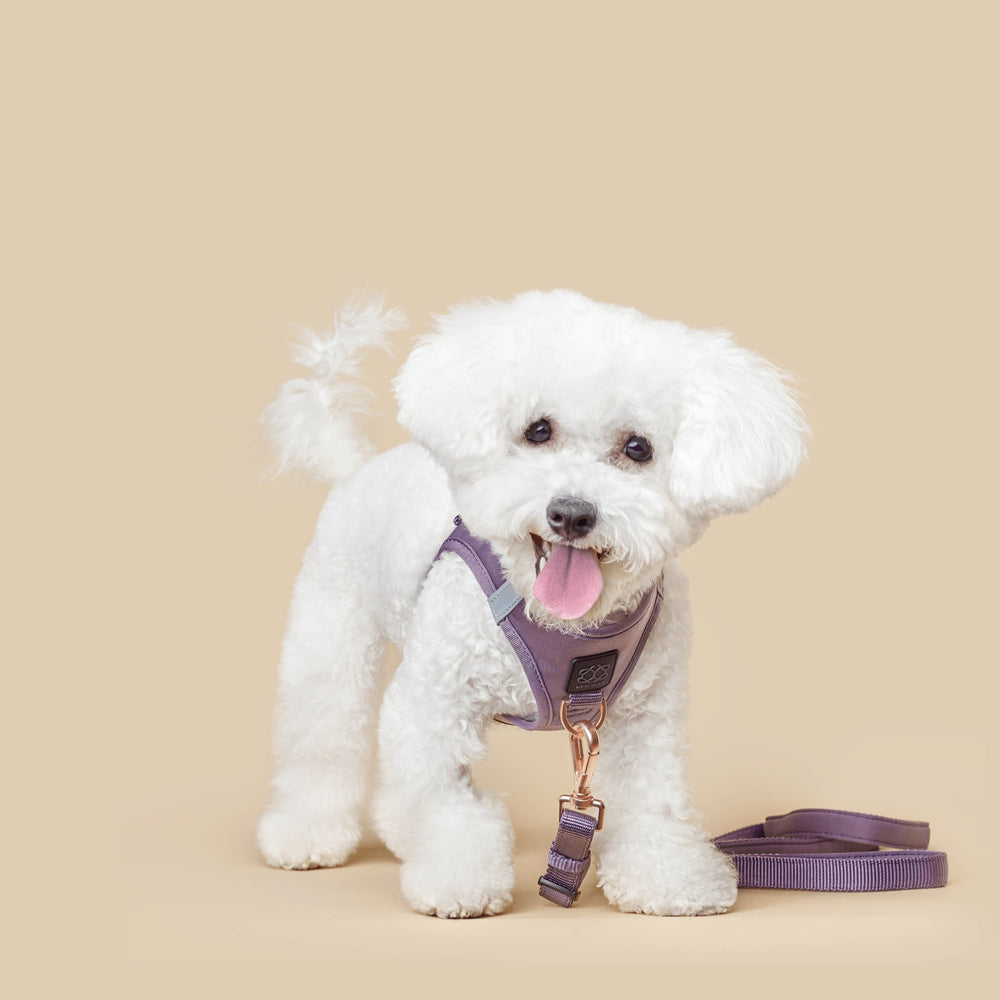
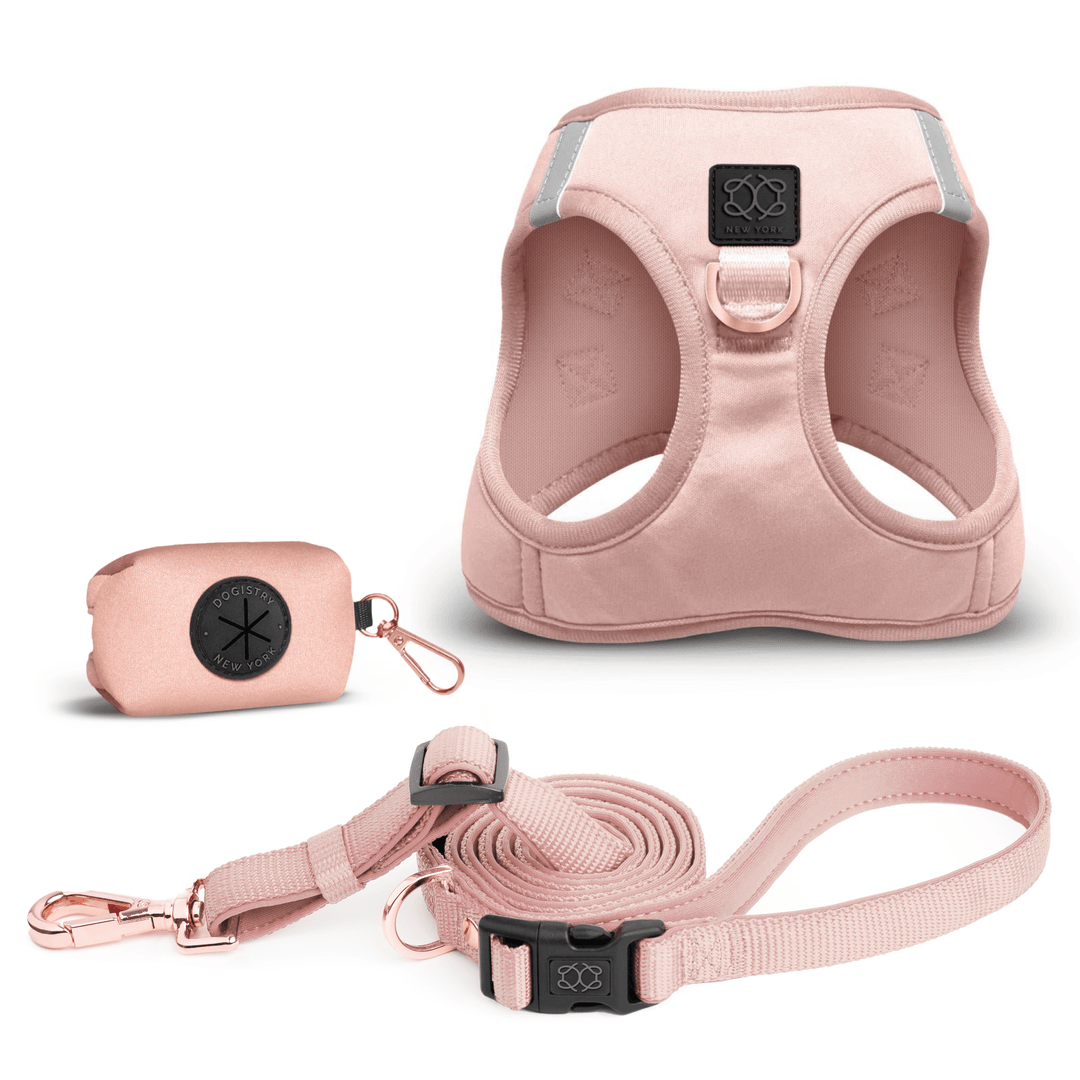
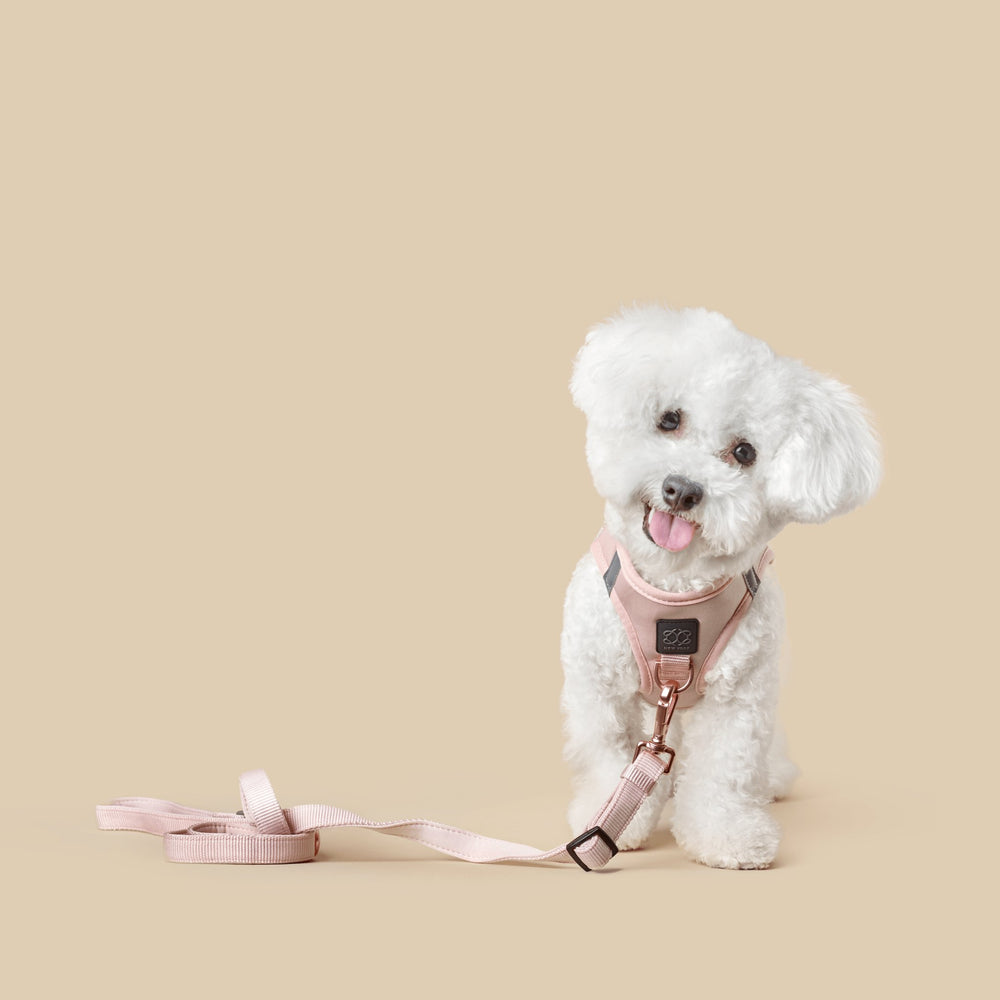


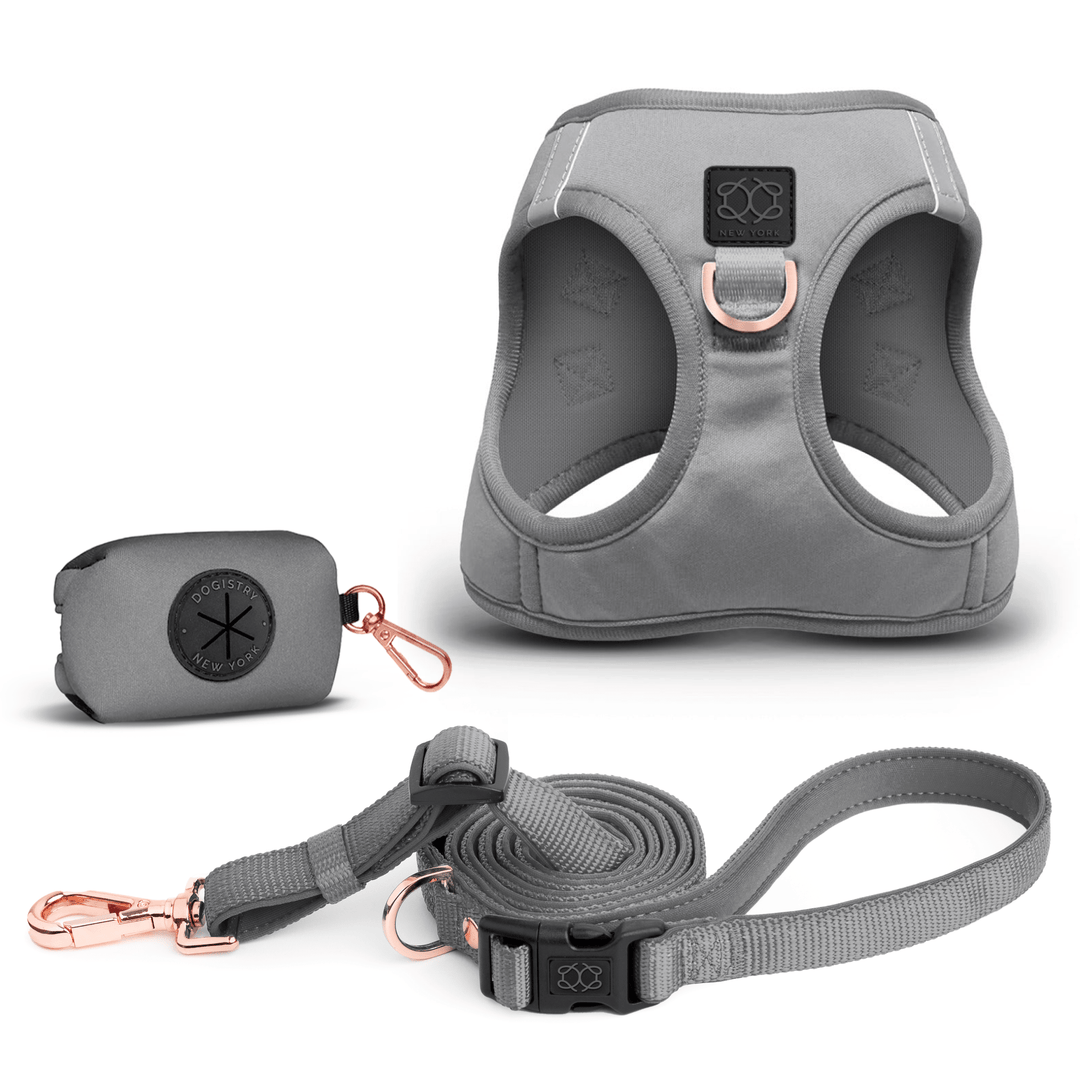



Leave a comment